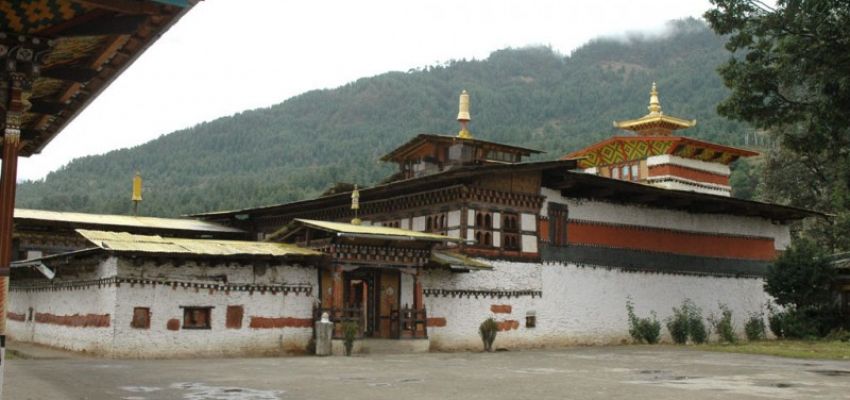
Tamshing Lhakhang
Overview
Tamshing is a one-story temple surrounded by monastic and village dwellings. From Tamshing monastery there is an excellent view of the Kurje complex on the other side of the river. Tamshing is one of the most historically, spiritually and culturally significant monasteries in Bhutan built in 1501 by Pema Lingpa (Treasure discoverer). The lower floor is dedicated to Guru Rinpoche and his Eight Manifestations. The ceiling of the upper floor is extremely low. It is said that Pema Lingpa (treasure discoverer) was a short man and that his measurements were used as the gauge for the temple. On the inner wall are paintings of the religious cycle called Sampa Lhundrup, in which 13 protecting forms of Guru Rinpoche
are represented. The main temple of the upper floor is dedicated to Buddha Amitayus whose statue graces the inner sanctuary. In the entrance in front of the ground floor sanctuary there is a coat of mail attributed to Pema Lingpa, who had knowledge of metallurgy. Tradition says that if a person walks three times around the sanctuary wearing this heavy coat of mail, a part of his sins will be wiped. Moreover, Tamshing is also a great Centre of Bhutanese sacred masked dance, and Pema Lingpa himself introduced many of the sacred dances that remain a vibrant part of the monastic dance repertory throughout the region. Tamshing is also a place of daily worship for villagers and many personal rituals are performed in the temples. Today, the religious community of Tamshing consists of approximately 100 monks who provide training to the novices and members of the local community receiving schooling at the monastery. The festival called Phala choedpa takes place in the courtyard and unique ritual dances which follow the tradition established by Pemalingpa himself, are performed for 3 days.
